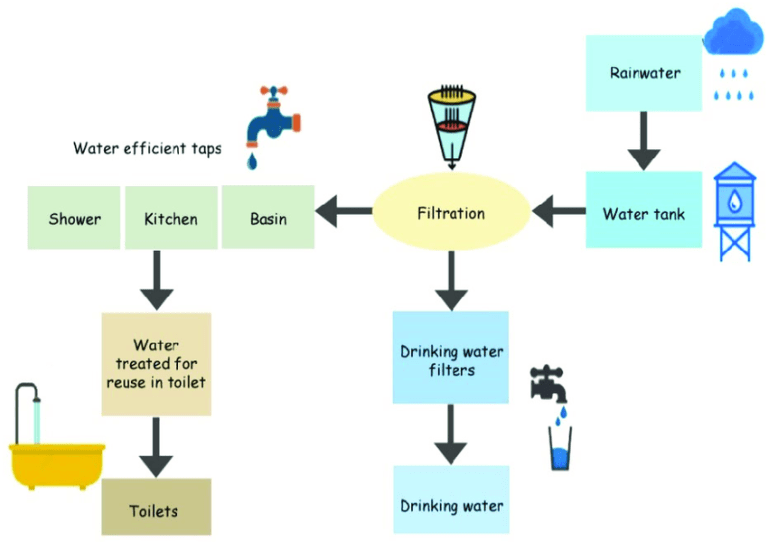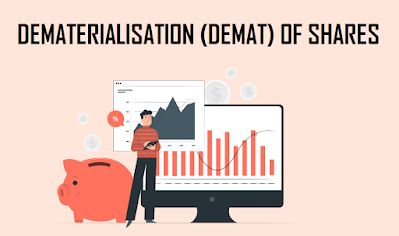In a significant move aimed at streamlining the process of business incorporation, the Ministry of Corporate Affairs has announced that companies and limited liability partnerships (LLPs) can now be established using the National Single Window System (NSWS) offered by the central government.
The NSWS is a game-changing initiative that consolidates various central and state approvals into one unified platform. It eliminates the need to navigate individual ministries or state agencies, providing businesses with a hassle-free experience. This innovative portal also boasts live application tracking, swift responses to inquiries, and robust document security. Notably, it houses applications for approvals from 31 central government departments and 22 state governments, making it a comprehensive solution for entrepreneurs.
Highlighting this remarkable development, a ministry spokesperson stated, ‘Our system has been seamlessly integrated with the NSWS for the incorporation of companies and LLPs. This service is now accessible through both the NSWS portal and the MCA21 portal.’
The government’s commitment to simplifying regulatory processes is evident through initiatives like the MCA21 portal. This portal offers a wide array of services, including obtaining a permanent account number (PAN), opening a bank account, and securing GST registration concurrently with the business incorporation process. This streamlined approach is aimed at enhancing the ease of doing business and expediting the setup of enterprises.
Furthermore, the Ministry of Corporate Affairs is on the verge of introducing an innovative IT module that will enable the virtual adjudication of compliance defaults and other lapses that have been decriminalised. This revolutionary step is part of the government’s mission to minimise physical interactions between authorities and the business community, fostering more objective decision-making.
The ministry has embraced a ‘faceless’ and centralised decision-making model, akin to the income tax department’s approach to income assessments and appeals. Notably, the corporate affairs ministry established a centralised processing centre for the voluntary winding up of companies in April, dramatically reducing the exit process duration from approximately 180 days to just 100 days.
In addition to these groundbreaking changes, the Ministry of Corporate Affairs has initiated a comprehensive review of existing regulations, with the aim of reducing the cost of doing business in close consultation with the business community.
When asked about this to our experts they commend the Ministry’s forward-thinking approach. It aligns perfectly with our mission of simplifying legal processes. The NSWS’s integration not only reduces regulatory hurdles but also enhances the ease of doing business. This shift represents a significant leap forward for entrepreneurs, and we stand ready to offer our legal expertise to navigate the evolving landscape.
This forward-looking approach, combining innovation and efficiency, demonstrates the government’s unwavering commitment to facilitating business growth and creating a more business-friendly environment for entrepreneurs in India.











